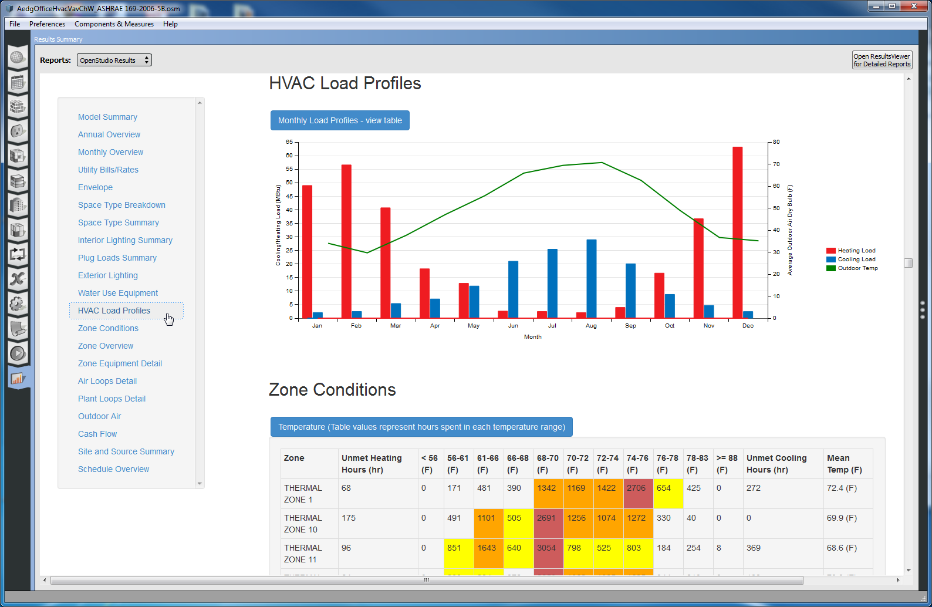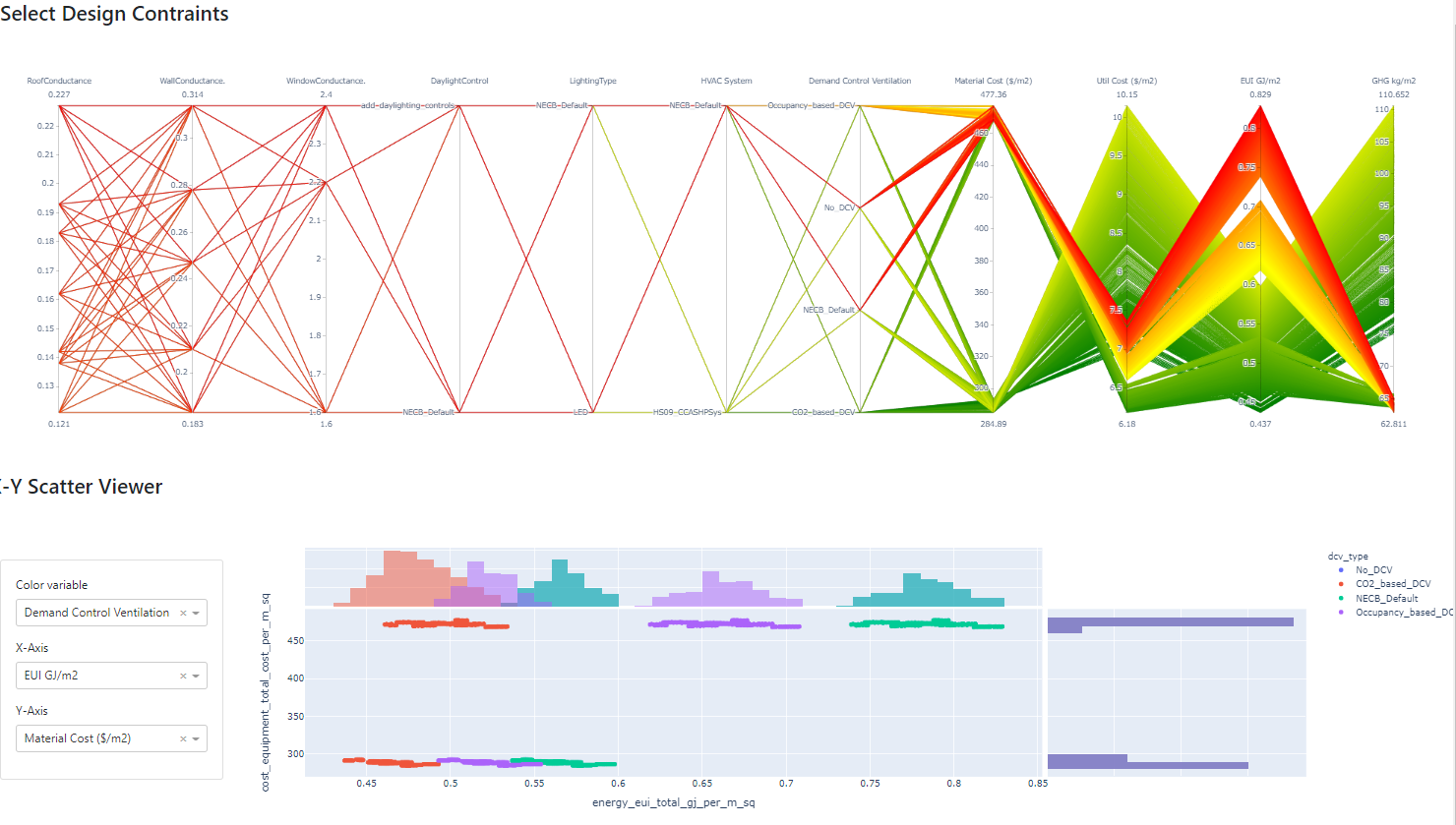Cost-effective pathways for net-zero energy, net-zero energy ready, and carbon-neutral buildings
Project location: CanmetENERGY Ottawa, Ottawa, ON
Timeline: 4 years (2019 to 2023)
Program: Built Environment
Background
Net-zero energy ready (NZER) buildings in Canada represent a small fraction of the building stock in Canada today. Although technologies have been developed to improve energy efficiency and reduce greenhouse gas (GHG) emissions, Canada has not yet seen a broad adoption of net-zero energy (NZE) building design.
The building industry has signaled a need to quantify the cost effectiveness of NZE solutions. Having detailed costing of existing and new technologies – combined with existing, sub-hourly-based building simulation tools – would allow local authorities, researchers, and designers to quantify cost effectiveness and payback periods.
Project description
This project strives to develop and verify cost-effective pathways for constructing high-performance buildings. It also supports industry, as our team is developing case studies, costed solutions sets, and design and construction guidelines.
We are working closely with the US Department of Energy’s (DOE) National Renewable Energy Laboratory (NREL), Natural Resources Canada’s Office of Energy Efficiency, and a variety of other Canadian stakeholders.
Disclaimer
Our approach
Task 1: Develop a public library of costed design solutions for different levels of energy and GHG performance that approach NZE.
This library will consist of thousands of “solution sets”, using archetypes developed for standard housing, schools, and office buildings across at least three major cities in Canada.
Task 2: Develop an energy model for commercial buildings.
We are developing a list of measures to help conserve energy in commercial buildings, to be incorporated into Natural Resources Canada’s Building Technology Assessment Platform. This list is a priority for stakeholders. The Building Technology Assessment Platform is based on the open-source OpenStudio and EnergyPlus tools, developed by the US DOE.

Image courtesy of the United States Department of Energy's OpenStudio application.
Task 3: Validate the solution sets by using them in real-world design situations, to determine what information is required, and when, in the early design process.
This will involve job shadowing designers/ modellers during an actual design process. The solutions will be contained within a dashboard that will allow users to pick building design solutions based on design constraints. The dashboard can be used as a starting point for design. A sample of the NREL’s OpenStudio application dashboard is shown on the right. Users can view, for example, the load profile of an HVAC system and a heat map of the temperatures by zone.
Status update
2020 December
Detailed energy conservation cost measures we are completing this month, include:
- Fuel Sources (Natural Gas, Electricity)
- Scale / Rotate Model
- Window to Wall Ratio (WWR)
- Skylight to Roof Ratio (SRR)
- NECB Standard HVAC Systems (2011/2015/2020)
- Cold Climate Air-Source Heat Pumps (CCASHP)
- Zonal Variable Refrigerant Flow (VRF)
- Demand Control Ventilation (DCV)
- Energy Recovery Ventilators (ERV)
- Variable Speed Fans (VSF)
- Boiler / Furnace Efficiency
- Service Hot Water (Natural Gas)
- Envelope Insulated Constructions ( Wood, Steel, Concrete)
- Roof (0.121-0.227 W/m2 * K)
- Walls (0.183-0.314 W/m2 * K)
- Ground Walls (0.210-0.568 W/m2 * K)
- Slab (0.379-0.758 W/m2 * K)
- Lighting Systems(CFL240V, LED120V)
- Daylight Sensor Controls
- Ground Based Photovoltaics
The up-to-date source code for this work is stored on GitHub, accessible through the following link (https://github.com/NREL/openstudio-standards/tree/nrcan). The image below is an example of the output displayed in the source code on GitHub. The interface allows researchers and designers to select different building design characteristics and show the relationship between output variables. This allows designers to explore different design scenarios and determine the most cost-effective path for their design.
An early prototype of the solutions dashboard has been developed and will be used in a design charrette process initiated in early December 2020.

Screen capture of CanmetENERGY Ottawa's open source code on GitHub, displaying two sample output graphs.
Contact CanmetENERGY in Ottawa
To learn more about this project, email our Business Office.
Page details
- Date modified: